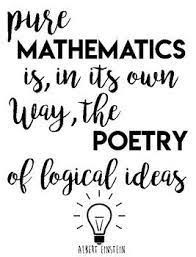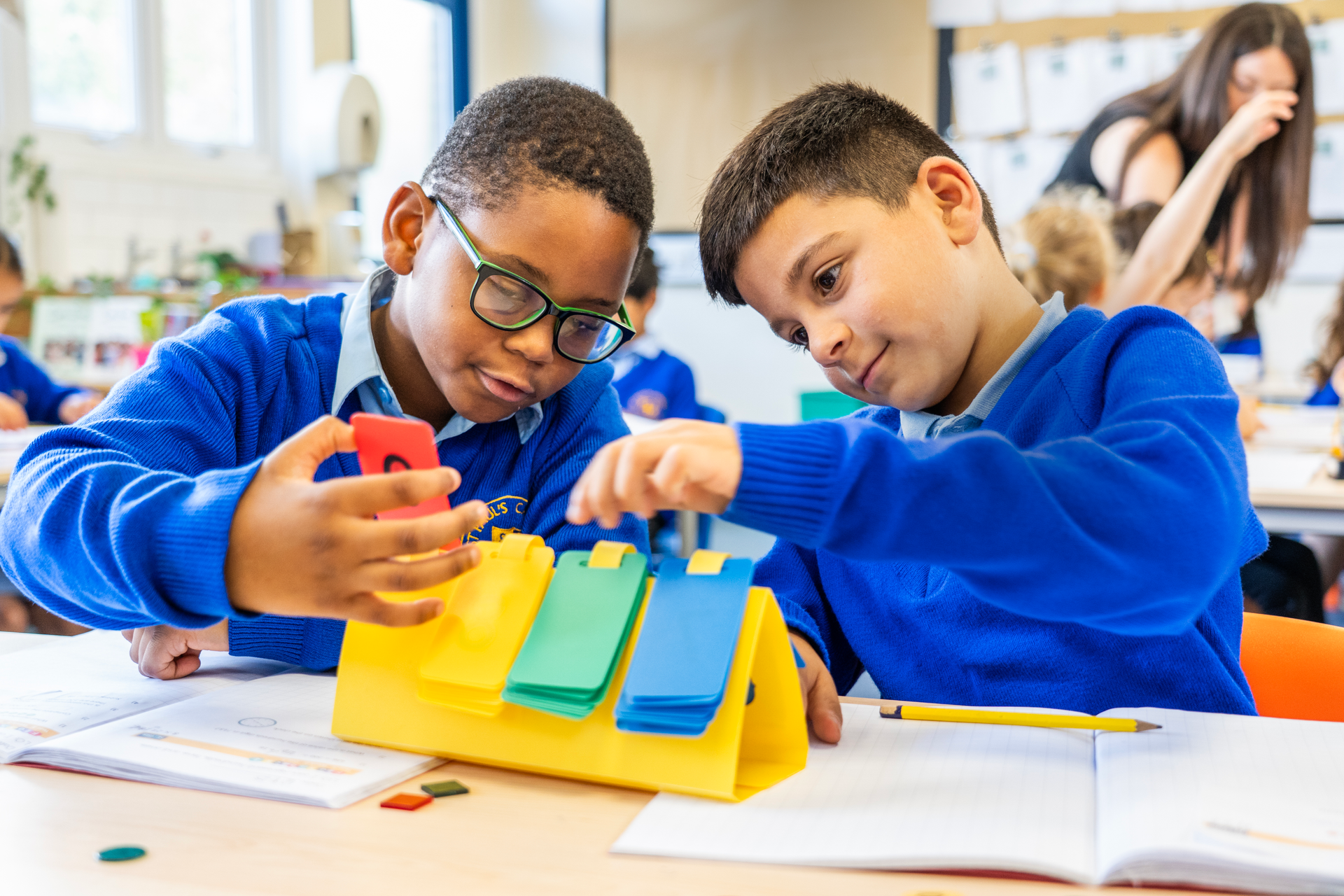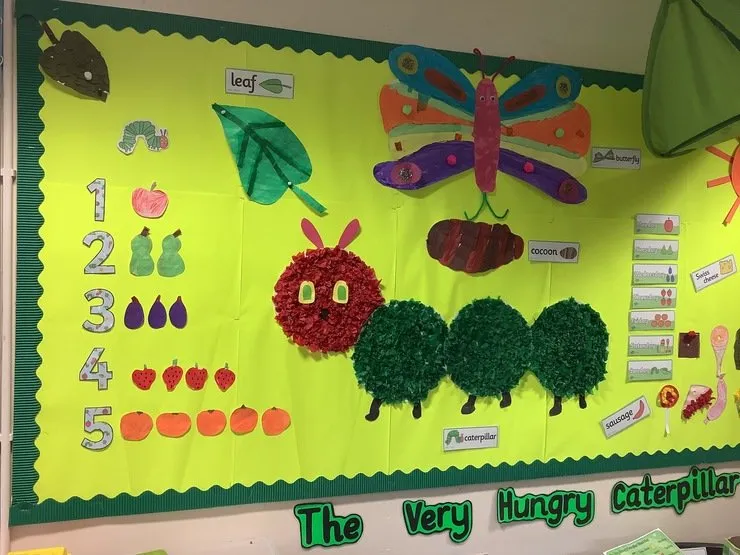Mathematics

"In mathematics, the curriculum is well sequenced. Pupils learning is broken down into small, manageable steps. Teachers revisit pupils learning and check pupils understanding regularly. Learning moves on when pupils are ready. This helps pupils to remember what they have already been taught." (Ofsted Inspection November 2021)
Our Vision for Mathematics
A high-quality mathematics education provides a foundation for understanding the world, the ability to reason mathematically, an appreciation of the beauty and power of mathematics, and a sense of enjoyment and curiosity about the subject. (National Curriculum 2014)
At St Paul’s, all our children are given the opportunity to develop their mathematical potential through a rich, engaging curriculum. We want our children to feel confident in using and applying mathematics in a wide range of situations. We will expose them to a variety of resources and materials to strengthen their understanding. We allow time for purposeful practice, break topics down into small steps to allow the children to follow carefully sequenced lesson and frequently use low stakes quizzing to ensure retrieval of knowledge and skills is a consistent feature of the learning environment.
We believe that mathematics is uniquely powerful in helping us to make sense of our world and in enabling us to solve problems. It is a fascinating subject, dealing with the nature of number, space, pattern and relationships. Useful and creative, it requires not only facts and skills, but also understanding gained through exploration, application and discussion. Mathematical talk is key in developing these skills and the children are encouraged to speak in full sentences, use stem sentences and to be ready to reason with their peers as to what they believe in relation to a particular question.
This confidence comes from children being engaged in their learning, from understanding that learning involves taking risks sometimes, from accepting that it's okay to get something wrong. Indeed, mistakes often provide the opportunity for further classroom talk and serves to deepen understanding. In mathematics we aim to develop lively, enquiring minds encouraging pupils to become self motivated, confident and capable in order to solve problems that will become an integral part of their future. Maths is everywhere we look and to embrace it from an early age is to fully support children's development.

Calculation Policy
| Name | Format | ||
|---|---|---|---|
| Files | |||
| Addition and subtraction calculation policy.pdf | |||
| Multiplication and Division calculation policy V2.pdf |

Learning Environment and Working Walls
The main purpose of a working wall is to support children in their current learning and enable independence. Modelled examples from previous lessons can be used to support children's working memory and allow them to concentrate on learning in that lesson. Key vocabulary will be displayed, sometimes within stem sentences, to promote the expected mathematical language required. These stem sentences will often be shared and rehearsed within lessons as part of the teaching sequence. In addition, teachers will reference specific parts of the working wall within lessons, sign posting parts to children so they are able to use it effectively. Other ways they may be used include showing different representations of a given number, displaying different methods of calculating and providing examples and non examples of a given mathematical term. They are often used to display a bank of extra questions for children to tackle independently, encouraging them to challenge themselves and to allow them to work at their own pace.








